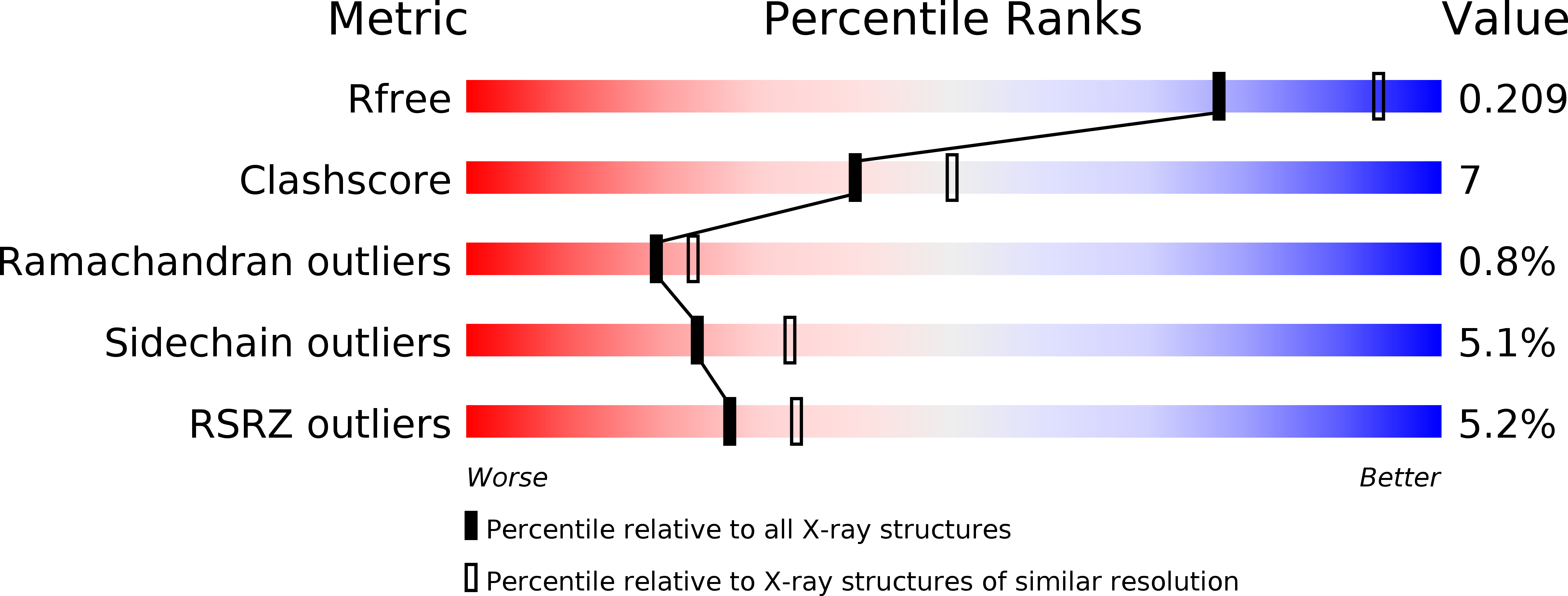
Deposition Date
2009-03-20
Release Date
2009-07-28
Last Version Date
2024-05-08
Entry Detail
PDB ID:
2WD6
Keywords:
Title:
Crystal structure of the Variable Domain of the Streptococcus gordonii Surface Protein SspB
Biological Source:
Source Organism:
STREPTOCOCCUS GORDONII (Taxon ID: 1302)
Host Organism:
Method Details:
Experimental Method:
Resolution:
2.30 Å
R-Value Free:
0.20
R-Value Work:
0.17
R-Value Observed:
0.17
Space Group:
P 65


